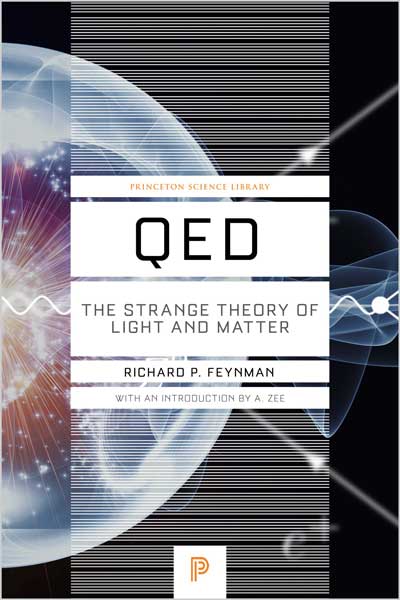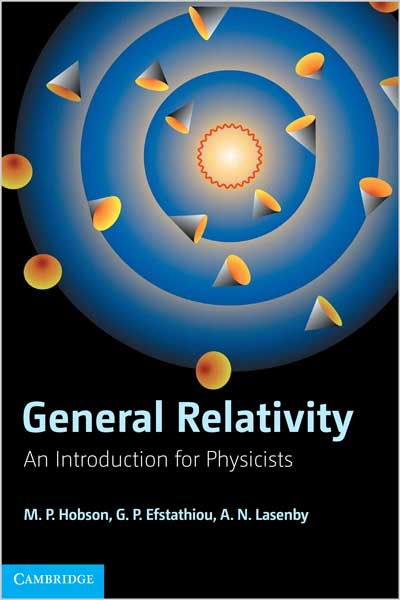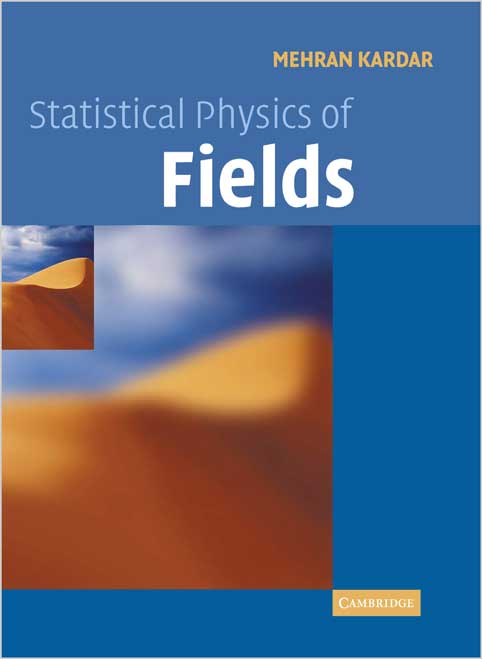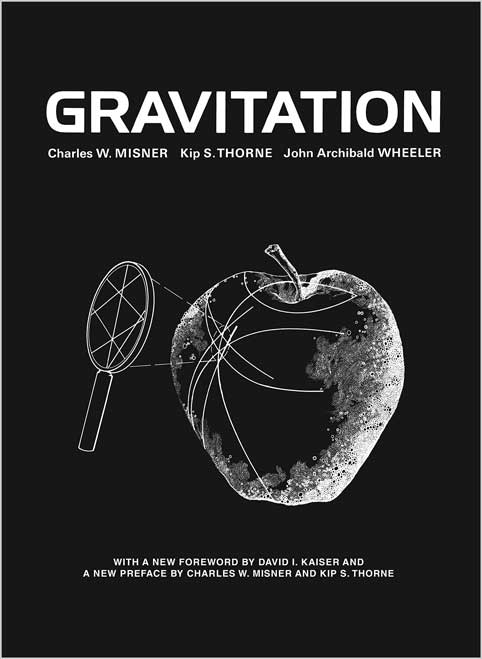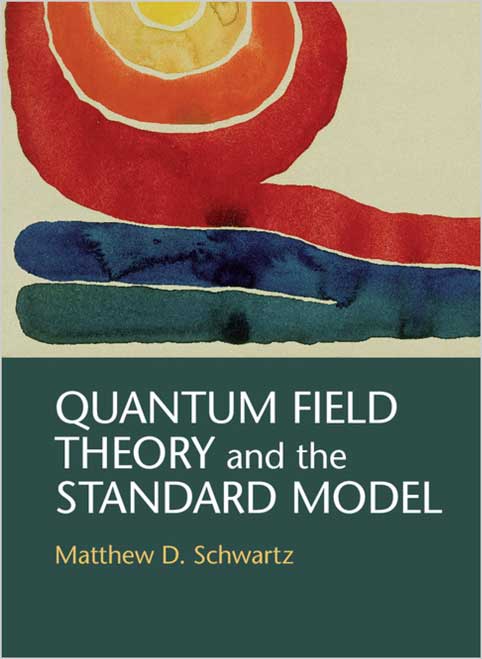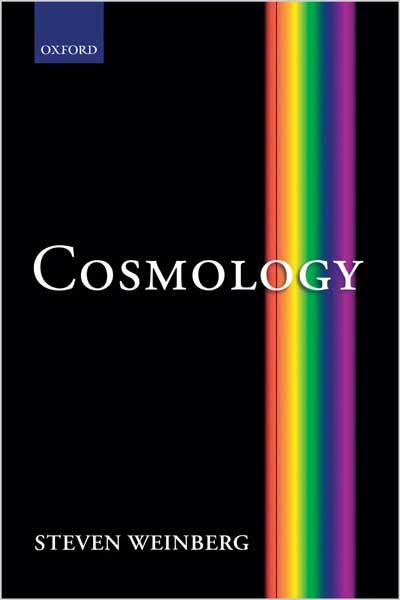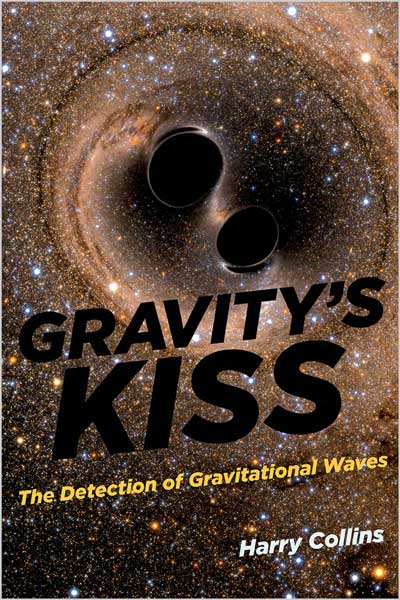Vol. I: Mainly Mechanics, Radiation, and Heat
Richard P. Feynman, Robert B. Leighton, Matthew Sands
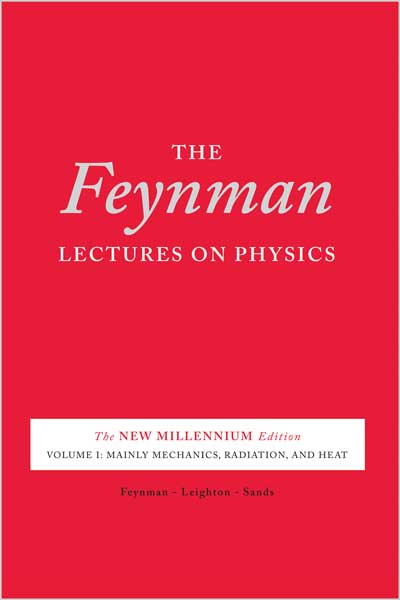
#Feynman
#Physics
#Radiation
#Electromagnetism
#Quantum_Mechanics
مقدمهای افسانهای به فیزیک از بزرگترین معلم این رشته
ریچارد فاینمن در اواخر دوران حرفهای خود با نگاه به گذشته گفت: "تمام این کار در اصل یک آزمایش بود." این آزمایش به طرز شگفتانگیزی موفقیتآمیز بود و منجر به انتشار کتابی شد که دههها بهعنوان یک مقدمه قطعی به فیزیک باقی مانده است. از اصول پایهای فیزیک نیوتنی گرفته تا نظریههای پیچیدهای مانند نسبیت عام و مکانیک کوانتومی، سخنرانیهای فاینمن بهعنوان یک بنای روشنگری و بینش عمیق شناخته میشود. اکنون، برای اولین بار و با همکاری دانشگاه کالتک، این کتابها با تصحیحات کامل به چاپ میرسند. این سخنرانیها که همچنان بیزمان و قابل جمعآوری هستند، مطالعهای ضروری نه تنها برای دانشآموزان فیزیک بلکه برای هر کسی که به دنبال مقدمهای بر این رشته از دیدگاه بیهمتای فاینمن است.
فهرست مطالب جلد اول:
- اتمها در حرکت
- فیزیک پایه
- رابطه فیزیک با دیگر علوم
- قانون بقای انرژی
- زمان و فاصله
- احتمال
- نظریه گرانش
- حرکت
- قوانین نیوتن در دینامیک
- بقای تکانه
- بردارها
- ویژگیهای نیرو
- کار و انرژی پتانسیل (الف)
- کار و انرژی پتانسیل (نتیجهگیری)
- نظریه خاص نسبیت
- انرژی و تکانه نسبیتی
- فضا-زمان
- چرخش در دو بعد
- مرکز جرم؛ گشتاور اینرسی
- چرخش در فضا
- نوسان هارمونیک
- جبر
- تشدید
- گذراها
- سیستمهای خطی و مرور
- اپتیک: اصل کمترین زمان
- اپتیک هندسی
- تابش الکترومغناطیسی
- تداخل
- پراش
- منشا شاخص شکست
- تضعیف تابش، پراکندگی نور
- قطبش
- اثرات نسبیتی در تابش
- بینایی رنگ
- مکانیسمهای دیدن
- رفتار کوانتومی
- رابطه بین دیدگاه موج و ذره
- نظریه جنبشی گازها
- اصول مکانیک آماری
- حرکت براونی
- کاربردهای نظریه جنبشی
- انتشار
- قوانین ترمودینامیک
- نمونههایی از ترمودینامیک
- چرخدنده و دندانه
- صدا. معادله موج
- ضربات
- حالتها
- هارمونیکها
- امواج
- تقارن در قوانین فیزیکی
درباره نویسندگان
ریچارد پی. فاینمن (Richard P. Feynman)
(1918-1988) یکی از برجستهترین فیزیکدانان قرن بیستم بود که بهخاطر دستاوردهایش در زمینه فیزیک کوانتومی و نظریه میدان کوانتومی شناخته میشود. فاینمن استاد فیزیک نظری در دانشگاه کالیفرنیای تکنولوژی بود و در سال 1965 جایزه نوبل فیزیک را برای پژوهشهایش در این زمینه دریافت کرد. او نه تنها بهعنوان یک فیزیکدان معتبر، بلکه بهعنوان یک معلم استثنایی و یک شخصیت محبوب در دنیای عمومی شناخته میشود. سخنرانیهای وی در مورد فیزیک همچنان بهعنوان یک منبع الهامبخش برای علاقهمندان به علم باقی مانده است.
رابرت بی. لایتن (Robert B. Leighton)
فیزیکدان و استاد دانشگاه کالیفرنیای تکنولوژی بود که در زمینه فیزیک تجربی و تدریس علمی فعالیتهای برجستهای داشت. لایتن یکی از همکاران نزدیک فاینمن در تدریس و پژوهش بود و نقش مهمی در تولید منابع آموزشی فیزیک، بهویژه در سطح ابتدایی و مقدماتی، ایفا کرد. او بهعنوان یک معلم و نویسنده، به انتقال مفاهیم پیچیده علمی به زبان ساده و قابل فهم برای دانشجویان شناخته شده است.
متیو سندز (Matthew Sands)
فیزیکدان و نویسندهای است که در زمینه فیزیک نظری و آموزش علمی فعالیت کرده است. او بهعنوان یکی از همکاران فاینمن و لایتن در پروژههای تدریس و نگارش آثار علمی مشارکت داشته و کتابهای متعددی در زمینه فیزیک تألیف کرده است. سندز بهویژه در نگارش و توسعه منابع آموزشی فیزیک برای مبتدیان و علاقهمندان به علم شناخته میشود و در این راستا تاثیر زیادی بر رشد آموزش فیزیک گذاشته است.
The legendary introduction to physics from the subject's greatest teacher
"The whole thing was basically an experiment," Richard Feynman said late in his career, looking back on the origins of his lectures. The experiment turned out to be hugely successful, spawning a book that has remained a definitive introduction to physics for decades. Ranging from the most basic principles of Newtonian physics through such formidable theories as general relativity and quantum mechanics, Feynman's lectures stand as a monument of clear exposition and deep insight. Now, we are reintroducing the printed books to the trade, fully corrected, for the first time ever, and in collaboration with Caltech. Timeless and collectible, the lectures are essential reading, not just for students of physics but for anyone seeking an introduction to the field from the inimitable Feynman.
Table of Contents (VOL I)
Chapter 1. Atoms in Motion
Chapter 2. Basic Physics
Chapter 3. The Relation of Physics to Other Sciences
Chapter 4. Conservation of Energy
Chapter 5. Time and Distance
Chapter 6. Probability
Chapter 7. The Theory of Gravitation
Chapter 8. Motion
Chapter 9. Newton's Laws of Dynamics
Chapter 10. Conservation of Momentum
Chapter 11. Vectors
Chapter 12. Characteristics of Force
Chapter 13. Work and Potential Energy (A)
Chapter 14. Work and Potential Energy (conclusion)
Chapter 15. The Special Theory of Relativity
Chapter 16. Relativistic Energy and Momentum
Chapter 17. Space-Time
Chapter 18. Rotation in Two Dimensions
Chapter 19. Center of Mass; Moment of Inertia
Chapter 20. Rotation in space
Chapter 21. The Harmonic Oscillator
Chapter 22. Algebra
Chapter 23. Resonance
Chapter 24. Transients
Chapter 25. Linear Systems and Review
Chapter 26. Optics: The Principle of Least Time
Chapter 27. Geometrical Optics
Chapter 28. Electromagnetic Radiation
Chapter 29. Interference
Chapter 30. Diffraction
Chapter 31. The Origin of the Refractive Index
Chapter 32. Radiation Damping, Light Scattering
Chapter 33. Polarization
Chapter 34. Relativistic Effects in Radiation
Chapter 35. Color Vision
Chapter 36. Mechanisms of Seeing
Chapter 37. Quantum Behavior
Chapter 38. The Relation of Wave and Particle Viewpoints
Chapter 39. The Kinetic Theory of Gases
Chapter 40. The Principles of Statistical Mechanics
Chapter 41. The Brownian Movement
Chapter 42. Applications of Kinetic Theory
Chapter 43. Diffusion
Chapter 44. The Laws of Thermodynamics
Chapter 45. Illustrations of Thermodynamics
Chapter 46. Ratchet and pawl
Chapter 47. Sound. The wave equation
Chapter 48. Beats
Chapter 49. Modes
Chapter 50. Harmonics
Chapter 51. Waves
Chapter 52. Symmetry in Physical Laws
About the Authors
Richard P. Feynman (1918-1988) was one of the most prominent physicists of the 20th century, renowned for his contributions to quantum physics and the development of quantum field theory. Feynman was the Richard Chace Tolman Professor of Theoretical Physics at the California Institute of Technology, and in 1965, he was awarded the Nobel Prize in Physics for his work in this field. Not only was he a distinguished physicist, but he was also a beloved teacher and a public figure. His lectures and writings continue to inspire and educate generations of science enthusiasts.
Robert B. Leighton was a physicist and professor at the California Institute of Technology, known for his work in experimental physics and teaching. He was a close collaborator of Feynman and played an essential role in creating educational materials for physics, particularly at the introductory level. Leighton was renowned for his ability to explain complex scientific concepts in a clear and accessible way, making him an influential figure in science education.
Matthew Sands was a physicist and writer who contributed significantly to theoretical physics and science education. He collaborated with Feynman and Leighton on teaching projects and was involved in writing various educational materials. Sands is known for his work in developing physics resources aimed at beginners and science enthusiasts, leaving a lasting impact on the growth of physics education.
